12 Airport Security Mistakes That Guarantee You'll Get Flagged by TSA
Navigating airport security is a rite of passage for travelers worldwide. The Transportation Security Administration (TSA) plays a critical role in ensuring the safety of millions of passengers daily. However, the journey through security can be fraught with unintentional missteps that raise red flags. This article delves into 12 common blunders that travelers make, often unknowingly, which can trigger heightened scrutiny from TSA agents. By understanding these pitfalls, travelers can better prepare themselves, ensuring a smoother and less stressful airport experience. Each section will explore a specific blunder, offering insights into why it raises concerns and how to avoid it.
1. The Overstuffed Carry-On: A Recipe for Suspicion

Packing efficiently is an art, but overstuffing a carry-on can quickly turn into a security nightmare. Bulging bags often lead to prolonged inspection times as TSA agents struggle to identify the contents through X-ray machines. An overpacked bag can obscure the view of other items, making it difficult to assess whether the contents pose a threat. Moreover, a tightly packed bag may inadvertently compress items, leading to potential damage or misinterpretation of their shapes. Travelers should aim for organization, using packing cubes or compartmentalized bags to ensure clarity and ease of inspection.
2. Forgetting the Liquid Rules: A Sticky Situation
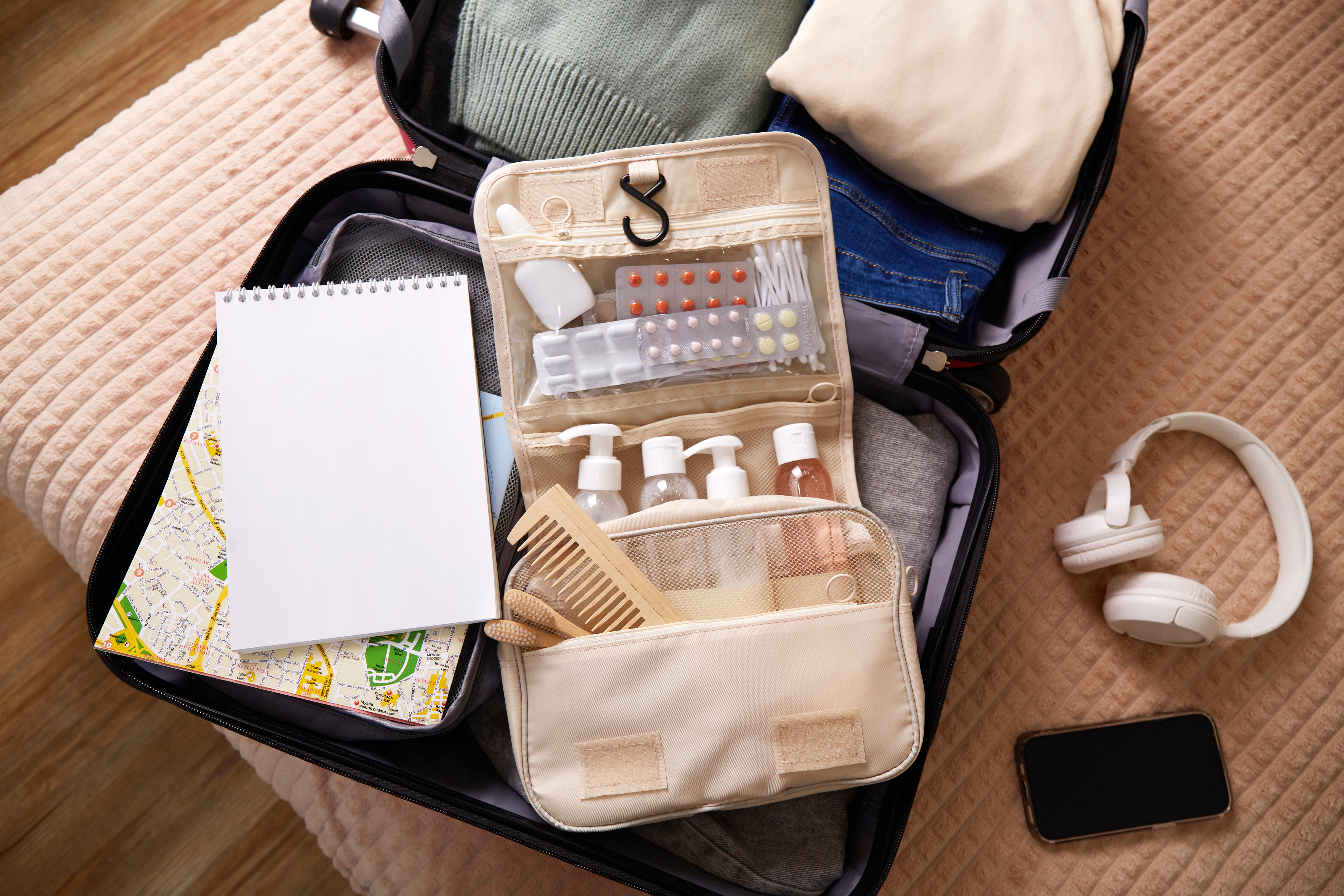
Despite clear regulations, many travelers still forget the 3-1-1 liquid rule, leading to unnecessary delays and additional screening. This rule mandates that liquids must be in containers of 3.4 ounces or less, all fitting into a single quart-sized bag. Failing to adhere to this can result in confiscation and increased scrutiny. Travelers should prepare by decanting toiletries into travel-sized bottles and keeping them easily accessible for quick inspection. Understanding the rationale behind this rule, which is to prevent the concealment of liquid explosives, underscores its importance in maintaining flight security.
3. The Unintentional Weapon: Innocuous Items with Dangerous Implications

Seemingly harmless items can often be misconstrued as potential threats. Common culprits include metal cutlery, certain sporting goods, and even souvenir replicas. These items can trigger alarms or require manual inspection, causing delays and drawing unwanted attention. Travelers should be aware of TSA's prohibited items list, which is regularly updated to reflect current security concerns. By packing these items in checked luggage instead of carry-ons, passengers can avoid unnecessary complications and ensure a smoother passage through security checkpoints.
4. Misleading Attire: The Fashion Faux Pas
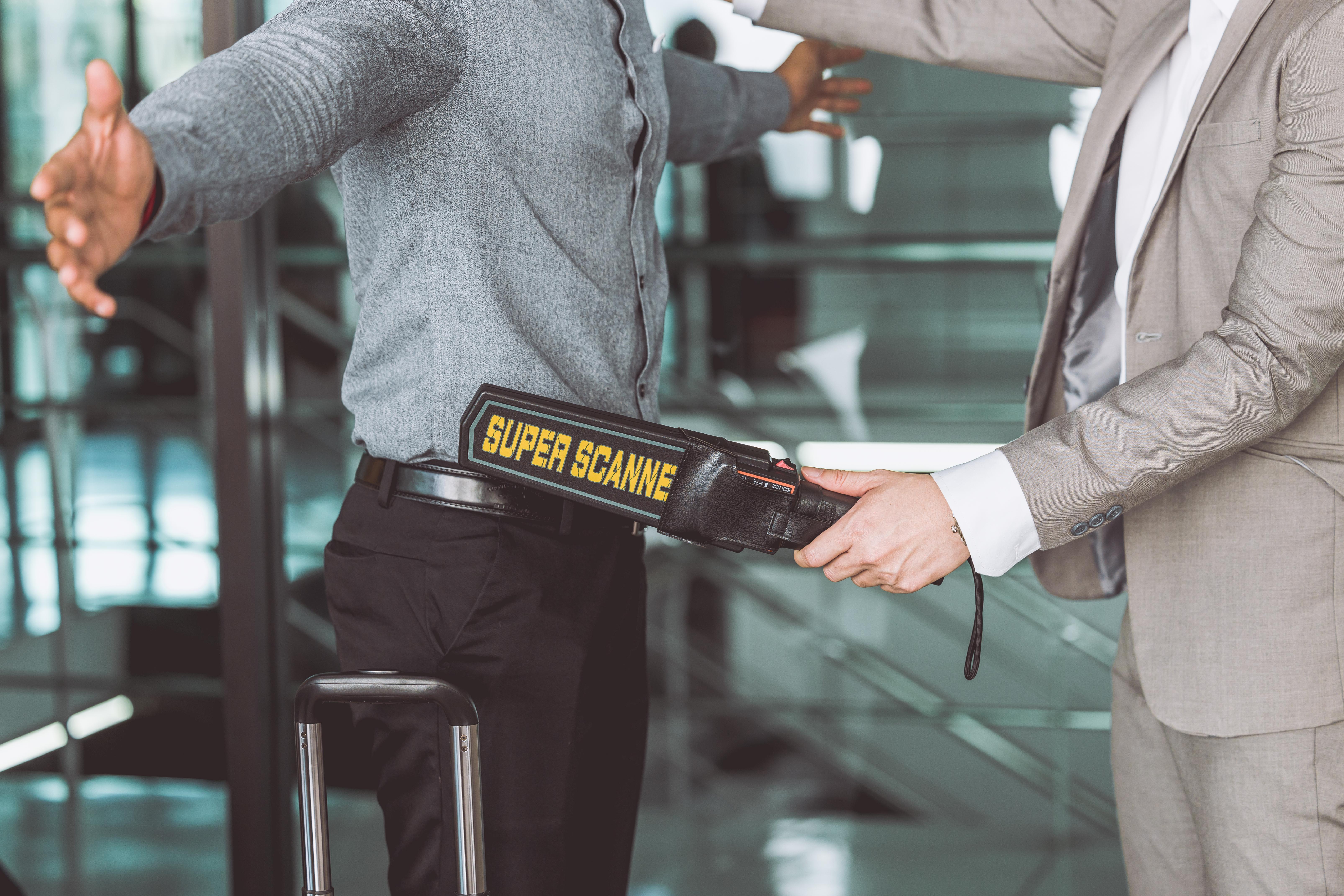
What you wear can significantly impact your experience at airport security. Clothing with excessive metal embellishments, large belt buckles, or steel-toed shoes can set off metal detectors, requiring additional screening. Loose-fitting clothing can also be problematic, as it might conceal prohibited items. To avoid these issues, travelers should opt for simple, comfortable attire, removing accessories before reaching the checkpoint. Understanding that TSA agents are trained to look for anomalies in behavior and appearance can help travelers make informed choices about their travel wardrobe.
5. The Electronics Dilemma: Navigating the Gadget Gauntlet
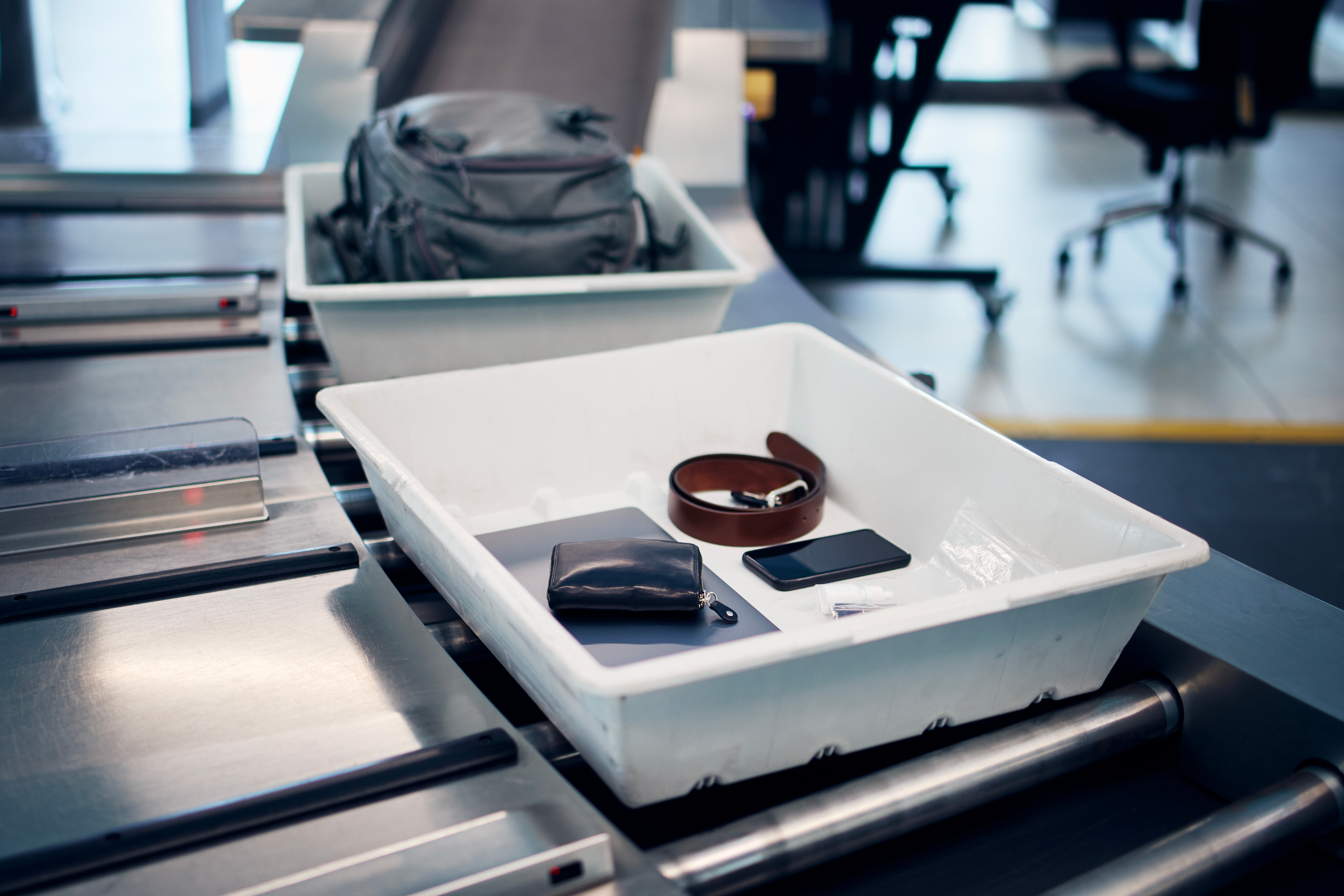
In today's digital age, travelers often carry multiple electronic devices, each requiring separate screening. Laptops, tablets, and cameras must be placed in individual bins, which can be a logistical challenge. Failing to comply can lead to delays and increased scrutiny. To streamline the process, travelers should ensure their devices are easily accessible and fully charged, as TSA agents may request that devices be powered on. Understanding the importance of these checks, which aim to detect concealed explosives, can help travelers approach security with patience and preparedness.
6. The Passport Predicament: Identity and Documentation Issues
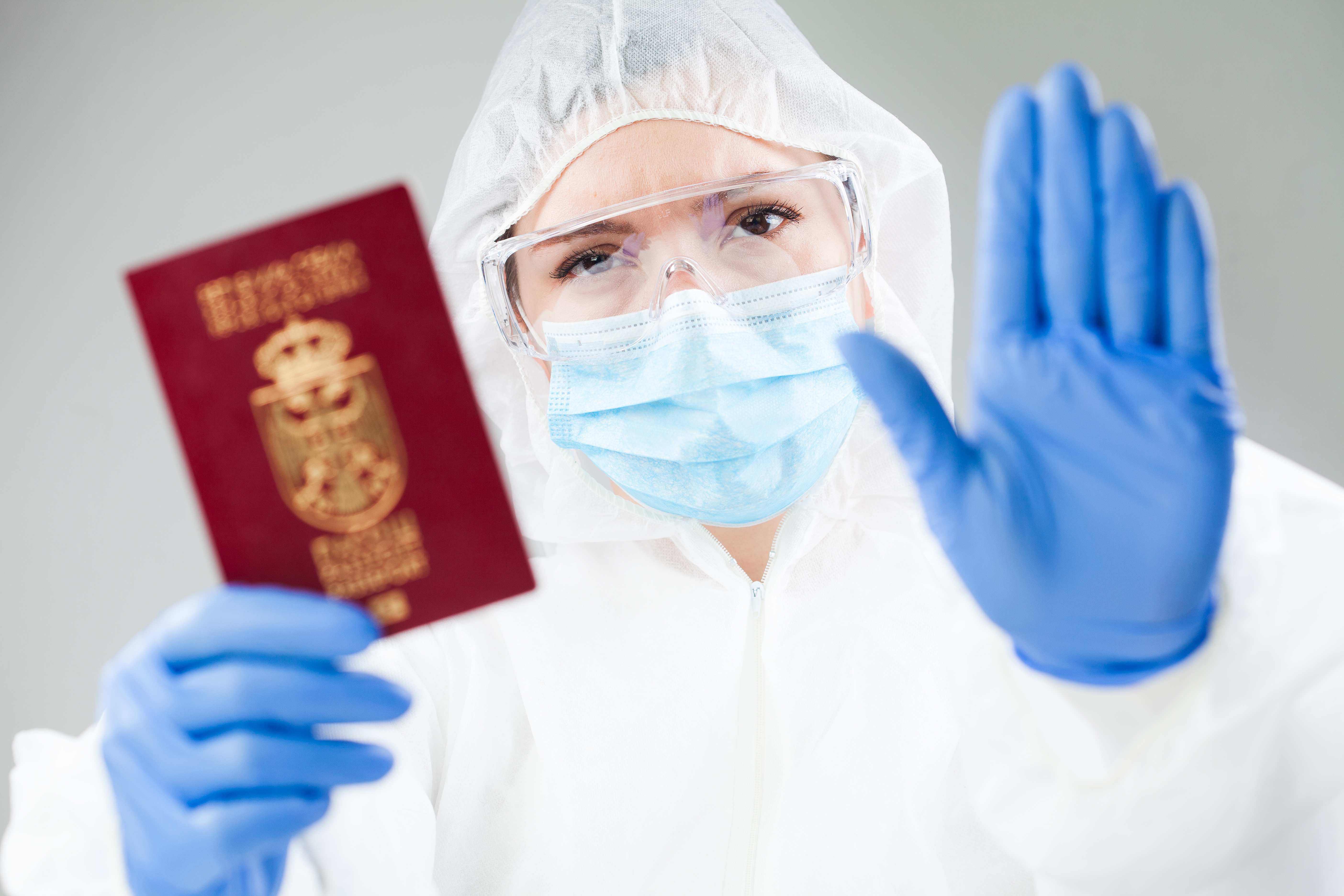
A valid passport is a traveler's most important document, yet issues with identification can quickly escalate into red flags. Expired passports, damaged documents, or discrepancies between ticket information and identification can cause significant delays. Travelers should ensure their documents are up to date and match their travel itinerary. Additionally, having a backup form of identification can be beneficial in case of unforeseen issues. By understanding the critical role of identification in security procedures, travelers can better prepare and avoid unnecessary complications.
7. The Nervous Traveler: Body Language and Behavioral Cues

While anxiety is a common response to the stress of travel, nervous behavior can inadvertently draw the attention of TSA agents. Excessive fidgeting, avoiding eye contact, or appearing overly anxious can be misinterpreted as suspicious behavior. Travelers should strive to remain calm and composed, recognizing that TSA agents are trained to identify behavioral cues that may indicate potential threats. Understanding the importance of body language in security settings can help travelers present themselves confidently, reducing the likelihood of additional scrutiny.
8. The Unfamiliarity Factor: Navigating Security with Ease

First-time travelers or those unfamiliar with security procedures may inadvertently trigger red flags due to their lack of experience. Confusion about the process, uncertainty about what to do, and hesitancy can lead to delays and increased attention from TSA agents. Travelers should familiarize themselves with security protocols before arriving at the airport, utilizing resources such as TSA's website or travel forums for guidance. By understanding the steps involved and preparing accordingly, travelers can navigate security with confidence and ease.
9. The Cultural Misunderstanding: Respect and Compliance

Cultural differences can sometimes lead to misunderstandings at security checkpoints. Certain gestures, behaviors, or attire may be interpreted differently by TSA agents, leading to increased scrutiny. Travelers should be aware of cultural norms and expectations when traveling, ensuring they comply with security procedures respectfully. By approaching security with an open mind and a willingness to adapt, travelers can avoid potential conflicts and ensure a smoother experience. Understanding the importance of cultural sensitivity in global travel can help bridge gaps and foster mutual respect.
10. The Language Barrier: Communication Challenges
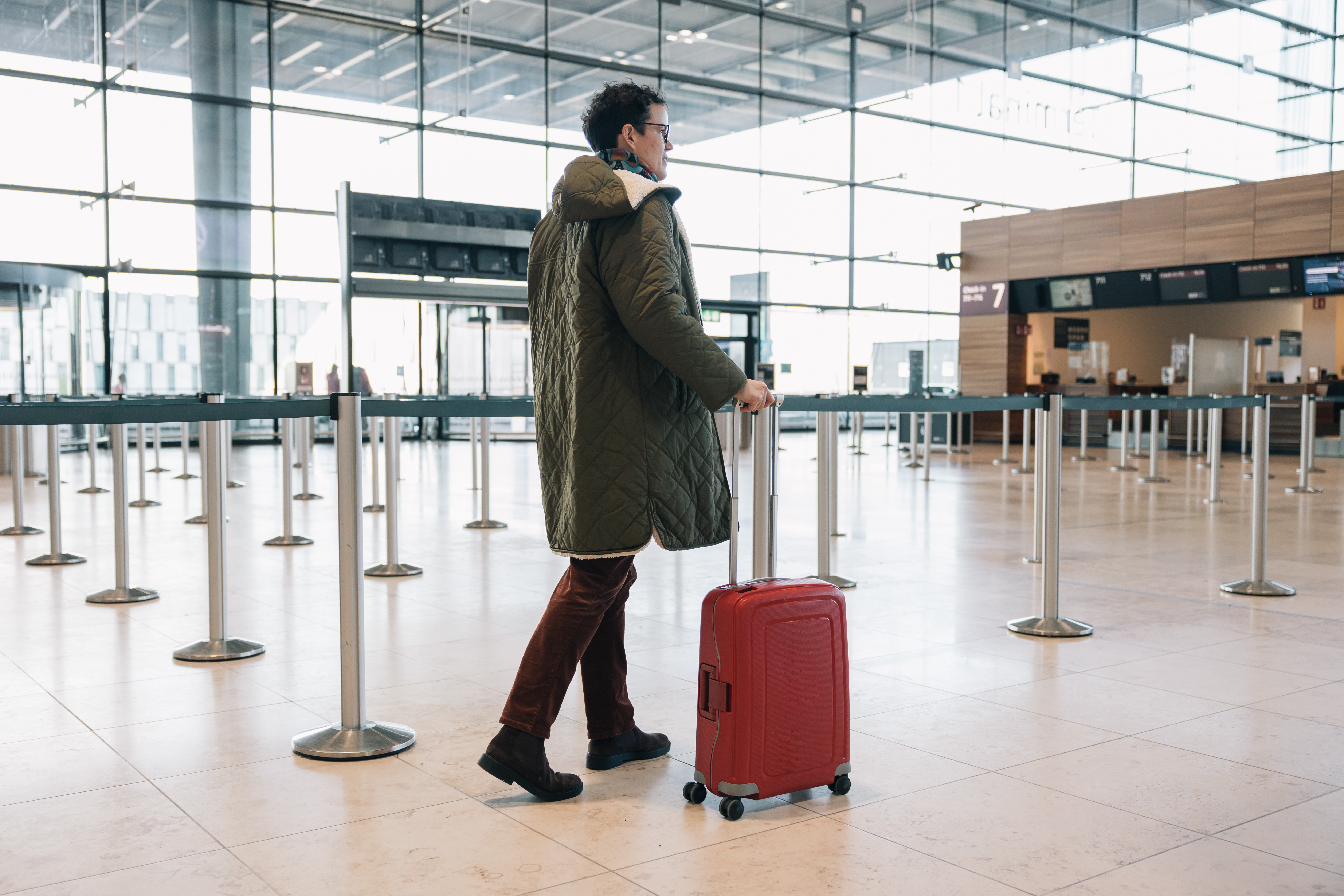
Language barriers can pose significant challenges during the security screening process. Miscommunication or misunderstanding instructions can lead to delays and increased scrutiny. Travelers should be prepared to communicate effectively, utilizing translation apps or seeking assistance from multilingual staff if necessary. Understanding the importance of clear communication in security settings can help travelers navigate potential language barriers, ensuring a smoother and more efficient experience. By approaching security with patience and a willingness to seek help, travelers can overcome language challenges with ease.
11. The Last-Minute Rush: The Perils of Procrastination
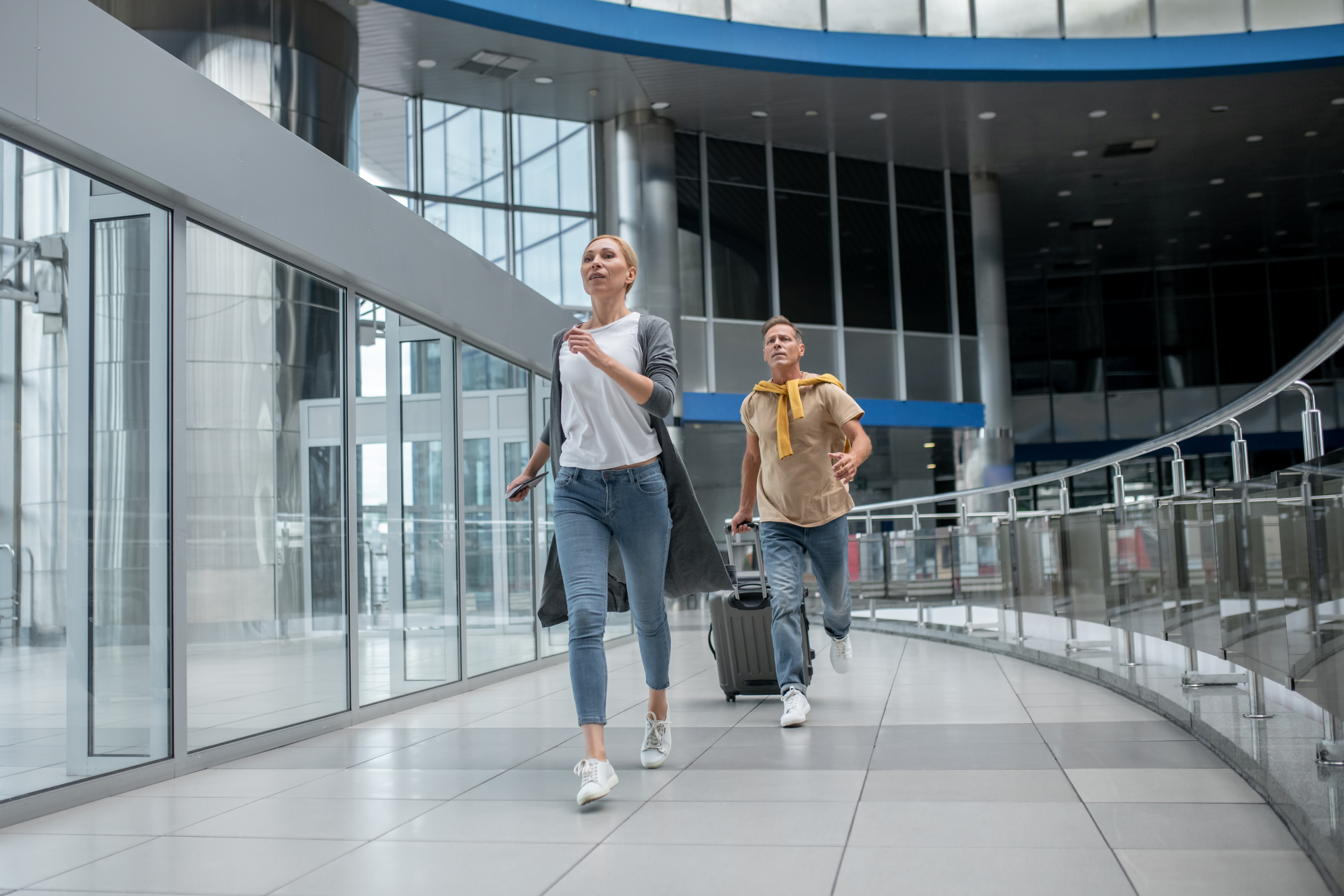
Rushing through security at the last minute can lead to mistakes and increased scrutiny. In the haste to catch a flight, travelers may forget essential items, misplace documents, or fail to comply with security procedures. Planning ahead and allowing ample time for security checks can help mitigate these issues. Travelers should aim to arrive at the airport well in advance, ensuring they have sufficient time to navigate security without feeling rushed. Understanding the importance of time management in travel can help reduce stress and ensure a smoother journey through security.
12. The Uncooperative Attitude: Courtesy and Compliance

An uncooperative attitude can quickly escalate a routine security check into a more thorough inspection. Arguing with TSA agents, refusing to comply with instructions, or displaying disrespectful behavior can lead to increased scrutiny. Travelers should approach security with a cooperative and respectful attitude, understanding that TSA agents are tasked with ensuring passenger safety. By complying with instructions and treating agents with courtesy, travelers can help facilitate a smoother and more efficient security process. Recognizing the importance of mutual respect in security settings can help foster a positive travel experience.
Navigating Security with Confidence

Understanding and avoiding these common blunders can significantly enhance a traveler's experience at airport security. By being aware of the potential red flags and preparing accordingly, travelers can navigate security with confidence and ease. This article has explored 12 blunders that often trigger TSA's red flags, offering insights and strategies for avoiding them. By approaching security with patience, preparation, and respect, travelers can ensure a smoother and more efficient journey through the airport. As the world of travel continues to evolve, staying informed and adaptable remains key to a successful and enjoyable travel experience.








